2,336cc DOHC All-Alloy 8-Cylinder Engine Roots Supercharger 142bhp at 5,000rpm 4-Speed Manual Transaxle Semi-Elliptic Leaf Spring Suspension 4-Wheel Drum Brakes *Highly original and genuine example of the legendary 8C Alfa Romeo *Retaining its original Figoni Cabriolet bodywork and matching numbers driveline *Extremely advanced and sophisticated engineering and staggering performance *Stunning example of one of the most collectible, pre-war motorcars *Researched and documented, and accompanied by impressive history file Previewing at the Petersen Automotive Museum in Los Angeles, California by appointment. Please contact motors.us@bonhams.com for scheduling. THE LEGENDARY 8C Alfa Romeo's first eight-cylinder road car was introduced in 1931 as a successor to the 6C 1750. This was the legendary 8C 2300, designed by the equally legendary Vittorio Jano who was one of the first automotive engineers to create high-performance cars that were tailor-made for sustained full-throttle running on high-speed roads – all with the purpose of keeping Alfa Romeo at the forefront of international motor racing. Jano succeeded: the 8C would prove a formidable weapon, winning race after race in the first half of the 1930s, including the 24 Hours of Le Mans four times with among others, Luigi Chinetti, Tazio Nuvolari, and Raymond Sommer as drivers. The heart of this formidable machine is its supercharged, straight-eight, twin-overhead-camshaft engine, which Jano arranged in effect as two four-cylinder units in tandem with the cam-drive gears amidships. Bore and stroke were 66 x 88 mm giving 2,336 cc, while the twin-lobe Roots-type supercharger was driven at 1.33-times crankshaft speed. The Corto (short) chassis had a wheelbase of 2.75 meters, and the Lungo (long) version one of 3.1 meters. Boasting a four-speed manual gearbox and powerful drum brakes all round, these Alfa Romeos were genuine 100 mph cars, reliably producing over 140 horsepower at 5,000 rpm. 1934 was the last year of manufacture of the Alfa Romeo 8C 2300. ALFA ROMEO IN FRANCE Alfa Romeo had established itself in Paris in the rue Marbeuf in 1924, and a young racing mechanic named Luigi Chinetti joined the fledgling operation the year after. Relations between France and Italy deteriorated in the latter half of the 1920s as Italy fell into dictatorship under Benito Mussolini. France imposed increased customs duties on Italian luxury items such as expensive motorcars. Sometime around 1930, Alfa Romeo established an assembly facility for imported knock-down kits at 150 rue Victor Hugo in Levallois-Perret. The kits were brought in as spare parts at a much lower rate of taxation than a finished chassis would have been subjected to, although it is believed that the imports were virtually complete rolling chassis that required little work in Paris in order for them to be registered and roadworthy. CARROSSERIE JOSEPH FIGONI Joseph Figoni opened his small coachbuilding enterprise in Boulogne-Billancourt outside Paris in November 1923. In the beginning, work was subcontracted from established companies, but after a handsome Bugatti and a few elegant Ballots had been shown to acclaim at the Parisian summer concours, Figoni quickly gained a reputation for light and stylish bodywork that enhanced the handling and roadholding of the chassis it was mounted on. More than 70 Bugatti chassis were bodied in the early years, followed by an equal number of Delage. By 1930, Figoni had become the place to go for those who liked fast cars with wind-cheating lines. Only very rarely was formal coachwork specified by a client. Figoni's close relationship with Alfa Romeo France began with the first order placed by the famous race driver Raymond Sommer in May 1932 for the modification of his 8C 2300 (chassis 2111018) to Le Mans specification. Sommer won the race with Luigi Chinetti as co-driver, and a body by Figoni was soon the hot inside tip on the circuits. Two complete Alfa Romeos were bodied in August, namel
2,336cc DOHC All-Alloy 8-Cylinder Engine Roots Supercharger 142bhp at 5,000rpm 4-Speed Manual Transaxle Semi-Elliptic Leaf Spring Suspension 4-Wheel Drum Brakes *Highly original and genuine example of the legendary 8C Alfa Romeo *Retaining its original Figoni Cabriolet bodywork and matching numbers driveline *Extremely advanced and sophisticated engineering and staggering performance *Stunning example of one of the most collectible, pre-war motorcars *Researched and documented, and accompanied by impressive history file Previewing at the Petersen Automotive Museum in Los Angeles, California by appointment. Please contact motors.us@bonhams.com for scheduling. THE LEGENDARY 8C Alfa Romeo's first eight-cylinder road car was introduced in 1931 as a successor to the 6C 1750. This was the legendary 8C 2300, designed by the equally legendary Vittorio Jano who was one of the first automotive engineers to create high-performance cars that were tailor-made for sustained full-throttle running on high-speed roads – all with the purpose of keeping Alfa Romeo at the forefront of international motor racing. Jano succeeded: the 8C would prove a formidable weapon, winning race after race in the first half of the 1930s, including the 24 Hours of Le Mans four times with among others, Luigi Chinetti, Tazio Nuvolari, and Raymond Sommer as drivers. The heart of this formidable machine is its supercharged, straight-eight, twin-overhead-camshaft engine, which Jano arranged in effect as two four-cylinder units in tandem with the cam-drive gears amidships. Bore and stroke were 66 x 88 mm giving 2,336 cc, while the twin-lobe Roots-type supercharger was driven at 1.33-times crankshaft speed. The Corto (short) chassis had a wheelbase of 2.75 meters, and the Lungo (long) version one of 3.1 meters. Boasting a four-speed manual gearbox and powerful drum brakes all round, these Alfa Romeos were genuine 100 mph cars, reliably producing over 140 horsepower at 5,000 rpm. 1934 was the last year of manufacture of the Alfa Romeo 8C 2300. ALFA ROMEO IN FRANCE Alfa Romeo had established itself in Paris in the rue Marbeuf in 1924, and a young racing mechanic named Luigi Chinetti joined the fledgling operation the year after. Relations between France and Italy deteriorated in the latter half of the 1920s as Italy fell into dictatorship under Benito Mussolini. France imposed increased customs duties on Italian luxury items such as expensive motorcars. Sometime around 1930, Alfa Romeo established an assembly facility for imported knock-down kits at 150 rue Victor Hugo in Levallois-Perret. The kits were brought in as spare parts at a much lower rate of taxation than a finished chassis would have been subjected to, although it is believed that the imports were virtually complete rolling chassis that required little work in Paris in order for them to be registered and roadworthy. CARROSSERIE JOSEPH FIGONI Joseph Figoni opened his small coachbuilding enterprise in Boulogne-Billancourt outside Paris in November 1923. In the beginning, work was subcontracted from established companies, but after a handsome Bugatti and a few elegant Ballots had been shown to acclaim at the Parisian summer concours, Figoni quickly gained a reputation for light and stylish bodywork that enhanced the handling and roadholding of the chassis it was mounted on. More than 70 Bugatti chassis were bodied in the early years, followed by an equal number of Delage. By 1930, Figoni had become the place to go for those who liked fast cars with wind-cheating lines. Only very rarely was formal coachwork specified by a client. Figoni's close relationship with Alfa Romeo France began with the first order placed by the famous race driver Raymond Sommer in May 1932 for the modification of his 8C 2300 (chassis 2111018) to Le Mans specification. Sommer won the race with Luigi Chinetti as co-driver, and a body by Figoni was soon the hot inside tip on the circuits. Two complete Alfa Romeos were bodied in August, namel
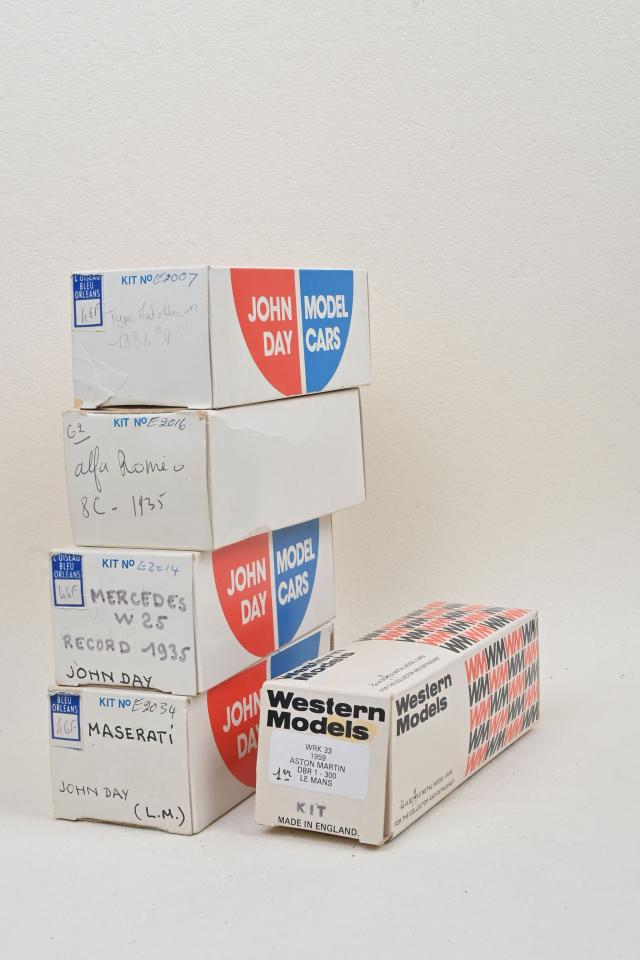

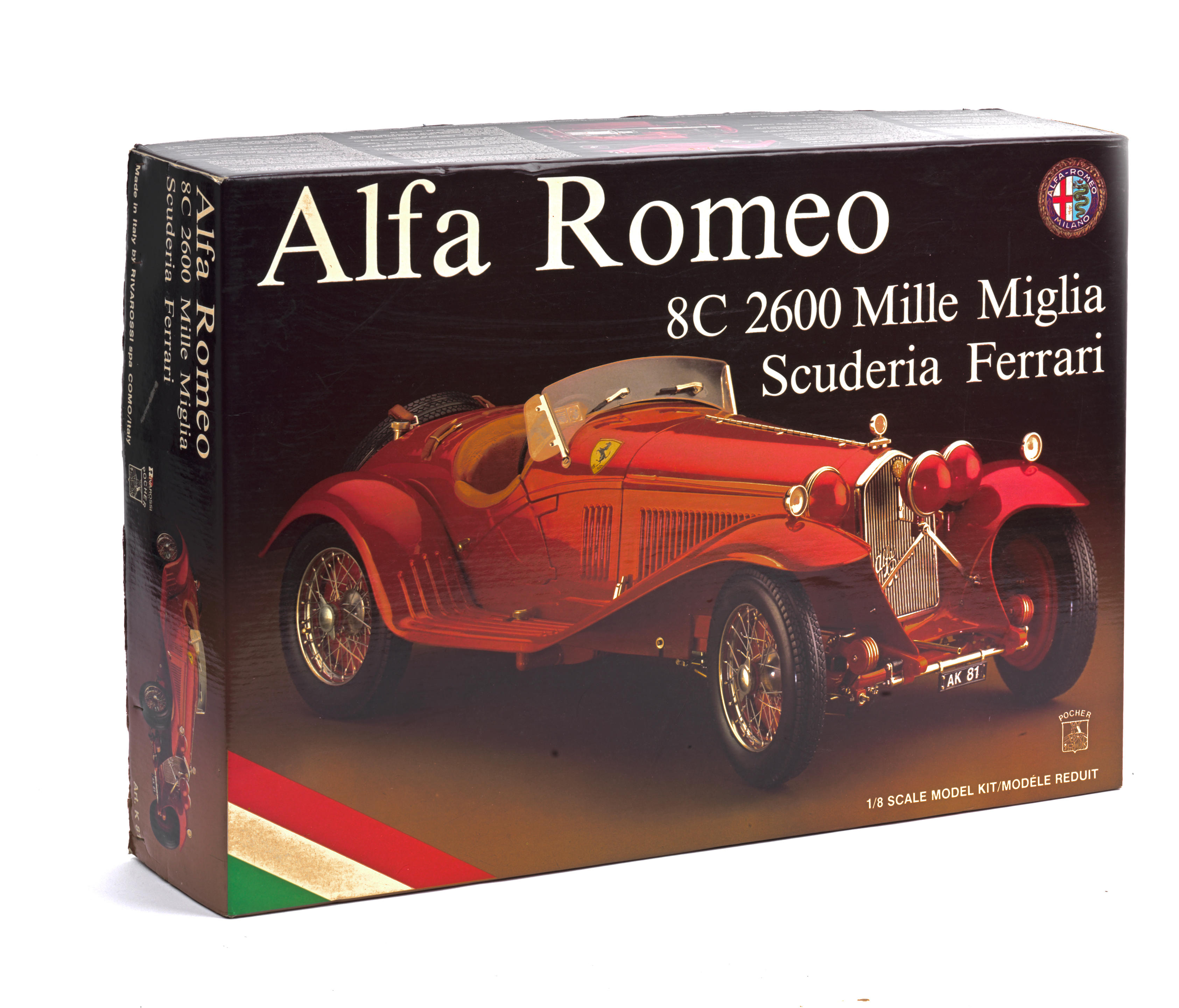



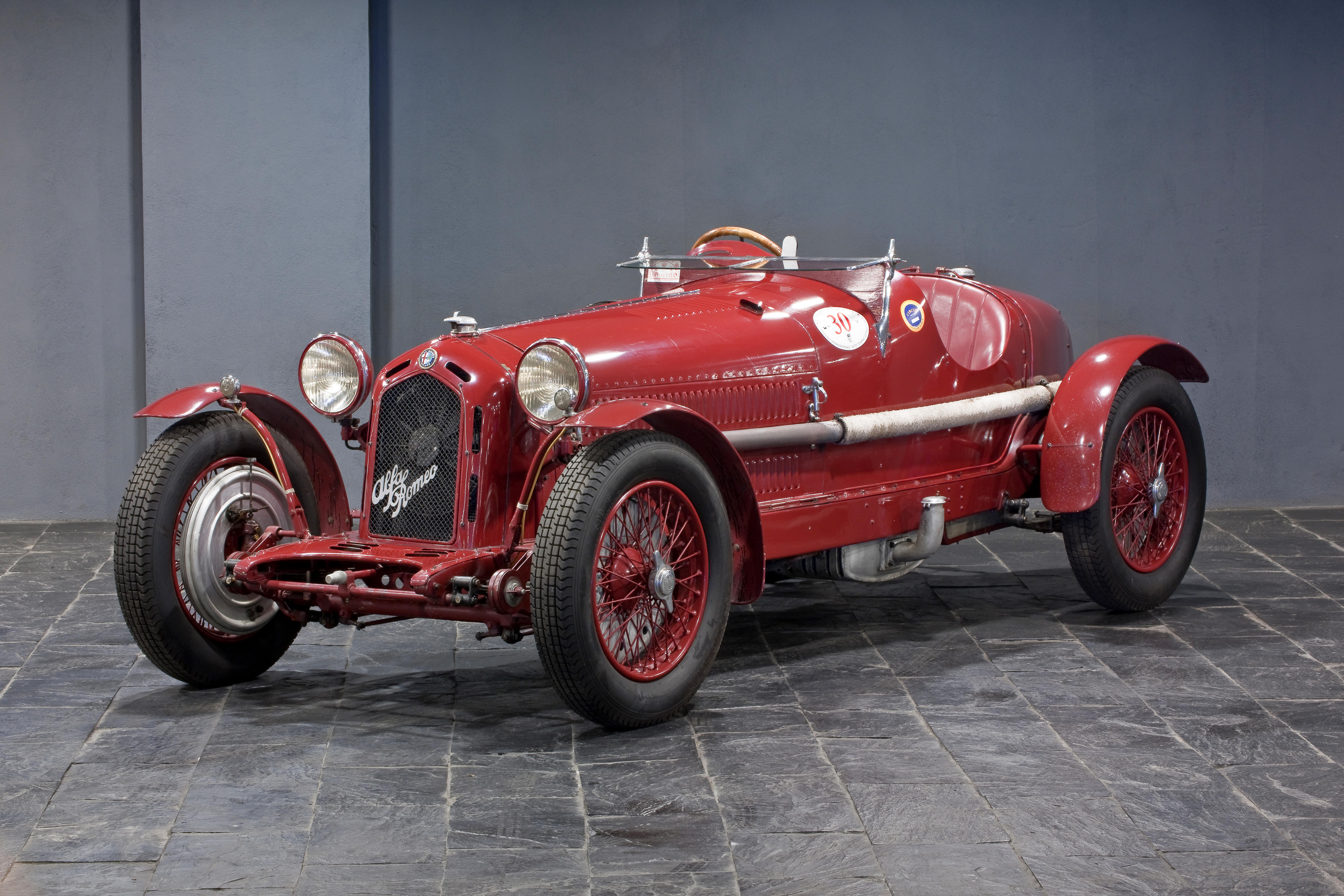



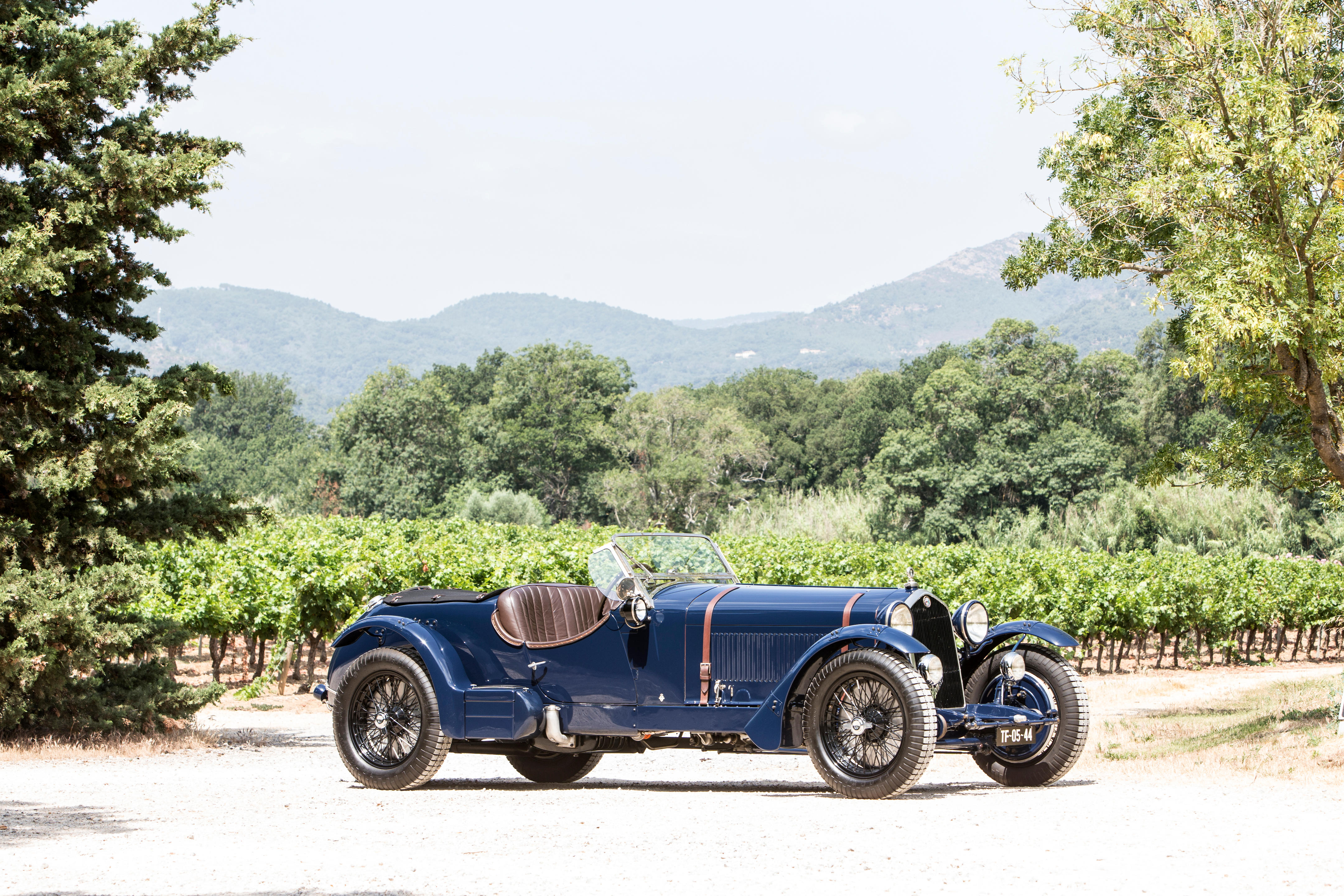



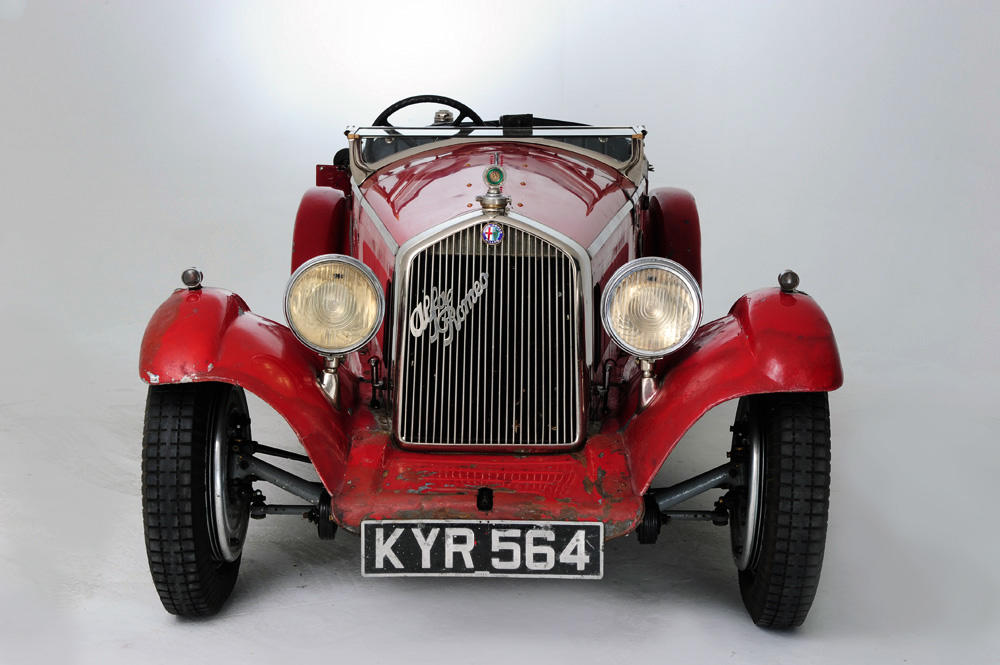
Testen Sie LotSearch und seine Premium-Features 7 Tage - ohne Kosten!
Lassen Sie sich automatisch über neue Objekte in kommenden Auktionen benachrichtigen.
Suchauftrag anlegen